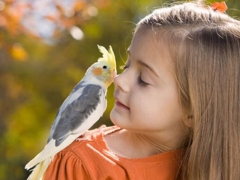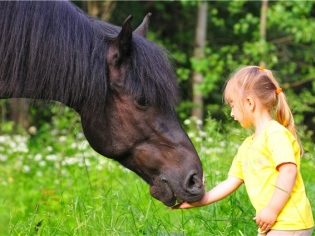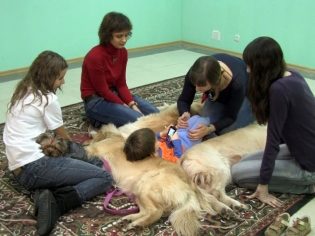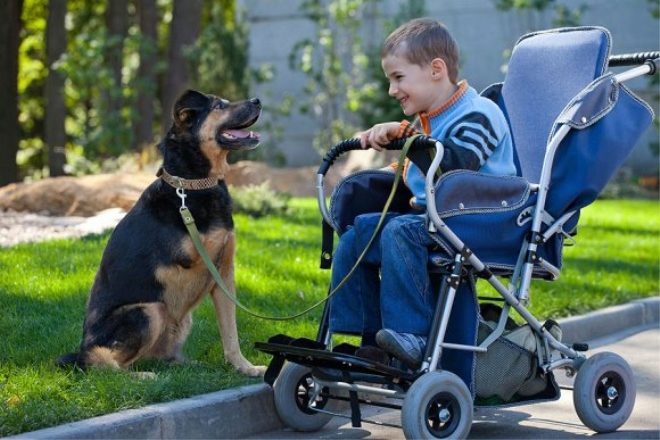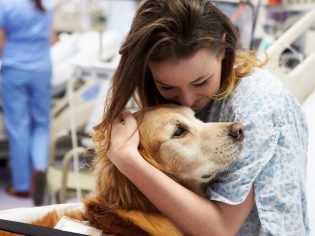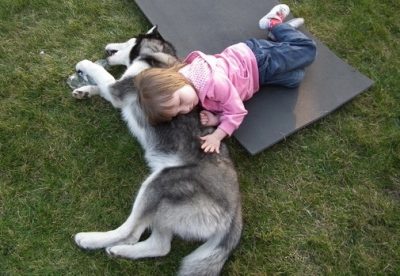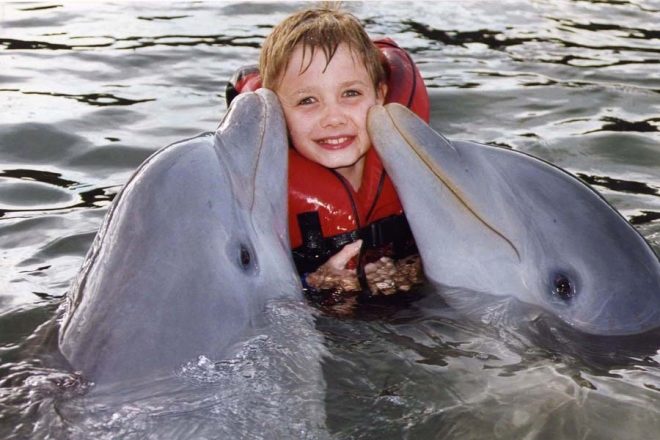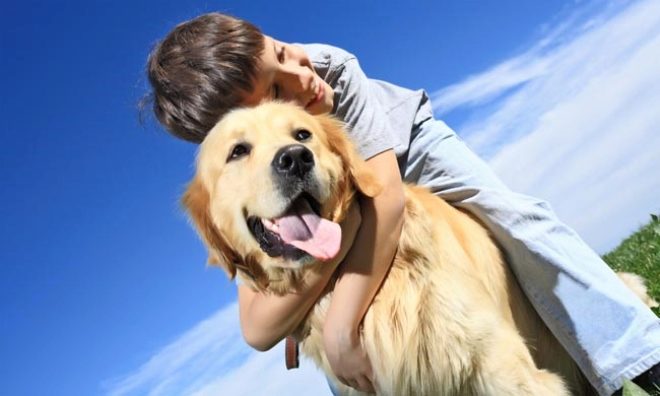What is animal therapy and what is its use for children?
Many of us have pets, but very few people think about the enormous impact they have on our lives. But no one is interested in statistics on this subject.
But, As scientists have found out, people who interact with animals are more likely to live longer and are generally healthier. For example, those who have a dog at home have less chance of joint disease and hypertension. And cat owners are allergic to 30% less. The frequency of heart attacks with a fatal outcome, the presence of "Fuzzies" reduces by 3%. Or, for example, just stroking a dog, you will increase the level of the hormone of joy 2 times.
What is animal therapy
Since ancient times, people have been treated with the help of animals. They helped them in many ailments. Now this direction is only gaining momentum with us. But many have already appreciated its effectiveness.
So, animal therapy (or in a different way, animal therapy) is a method of treating animals, using which medications are not needed - all that is needed is a positive attitude and a desire to defeat the illness. This method is often used in combination with other types of treatment.
Healing or significant alleviation of symptoms occurs due to communication with one or another animal, or with the help of their images (pictures, figures, toys).
There are two types of pet therapy:
- Undirected (when an animal lives in your home, and without noticing it, you increase your level of health by communicating with your four-legged friend);
- Directed (when intentionally treated animals according to a certain method, with a set of specific exercises). In this case, the animal must have certain qualities and undergo a course of special training.
Indications
- Cerebral palsy;
- Autism;
- Neurosis of varying degrees;
- Mental retardation;
- Mental retardation;
- Speech disorders;
- Hearing impairment;
- Blurred vision;
- Down syndrome;
- Oligophrenia;
- Cardiovascular diseases;
- Injuries;
- Inflammatory processes in the body;
- Problems of the musculoskeletal system.
Contraindications
Animal therapy is considered a fairly safe method of treatment. She has virtually no side effects. But still, depending on the individual characteristics of the patient, there are people who still should not use animal treatment. The fact is that some people are allergic to wool or saliva of this or that animal. Also, if a patient has a severe nervous breakdown, open wounds, acute infectious diseases, and lung diseases, you should not use pet therapy.
Your mood is also very important. If you initially do not believe in healing with this method, or just negatively treat animals, you should also refuse to use it. The results in this case are unlikely to be obtained.
Types of animal therapy
Many animals can heal. Particularly striking is their diversity abroad. For example, in America they practice treatment with rabbits, llamas, goats, parrots, and some use insects. In Australia, kangaroos are treated, in Africa - with elephants and even crocodiles.
But in Russia all the same, the main directions are less exotic:
- Canistherapy. Treatment occurs through communication and interaction with dogs. The dog encourages the patient to take certain actions and improves his psychological health.
- Dolphin therapy. From the title it is clear that we are talking about treatment with dolphins.Healing takes place with the help of special dolphin sounds (ultrasounds).
- Hippotherapy. In this direction, the doctor is a horse. The treatment is based on the impulses that the horse transmits to the rider when it moves.
- Felinotherapy. Treatment occurs with the help of cats. The fact is that cats feel human pain very well, they know whether there is inflammation in a person’s body.
Recently, such a trend in pet therapy as leech therapy, hirudotherapy, has become increasingly popular. It is effective in many areas of medicine: gynecology, ophthalmology, surgery, cardiology. With the help of leeches, they very successfully treat varicose veins, thrombophlebitis, various gynecological diseases, use them in cosmetology. The whole secret is in their saliva, which penetrates deeply and acts at the cellular level.
Principles of treatment
The basis of any kind of animal therapy is the interaction with the animal. It aims to make the life of the patient and the people around him as comfortable as possible.
None of the described types of animal therapy treats directly. Suppose you have a headache - you drink a pill - a headache passes. Not. Here is a slightly different principle: processes that have not worked before are started in the patient's body.
For example, an autistic child did not speak at all, and after a while began to utter sounds or even words. This did not happen because he was swimming with a dolphin, or a dog was sitting next to him for several sessions — the animal simply prompted him to do this.
Or, after spending several years in a wheelchair, the child suddenly takes the first steps after hard hippotherapy. The horse simply showed that the child is able to move independently. After all, he can sit on a horse himself, he can keep his balance.
Of course, there is a physiological effect in the treatment of animals. For example, a horse makes the muscles that have hardly acted before, work, heats them, the dog and the cat simply act with heat, the dolphins make very specific healing sounds, the dog and the horse during exercises are taught to coordinate movements. But still, no less important is the psychological aspect. For the child, much is rediscovered, he becomes much more sociable and more confident in himself.
The animal is a kind of guide between the child and the adult, a powerful lever of influence. The four-legged doctor opens in the patient the abilities and capabilities that were present for him, but for various reasons were not developed.
Children perceive communication with animals as entertainment, and not treatment, therefore the effect of these events comes faster.
Where are the classes
In Russia, it is not so difficult to find institutions where they are engaged in animal therapy. Of course, most of these organizations are concentrated in large cities. Canistherapy is especially common there. But there are small settlements where people from all over the country come to undergo animal treatment. For example, in Evpatoria, an organization where dolphins provide assistance is very well known. And in Obninsk there is a Canistherapy center.
Reviews
Negative reviews about animal therapy can be heard quite rarely. Experts say that parents often wait for miracles for their children to communicate with animals for a short time. They refuse to take classes, disappointed, but to get the result, you need to undergo a whole course of treatment, and maybe not one. It is this impatience and caused negative feedback.
But basically, the response to classes with the help of pet therapy is positive. Animals give positive emotions to both children and adults, they really help and help in the fight against ailments.
The reason why animal therapy is so useful for children and has a lot of positive feedback can be found in the next video.
